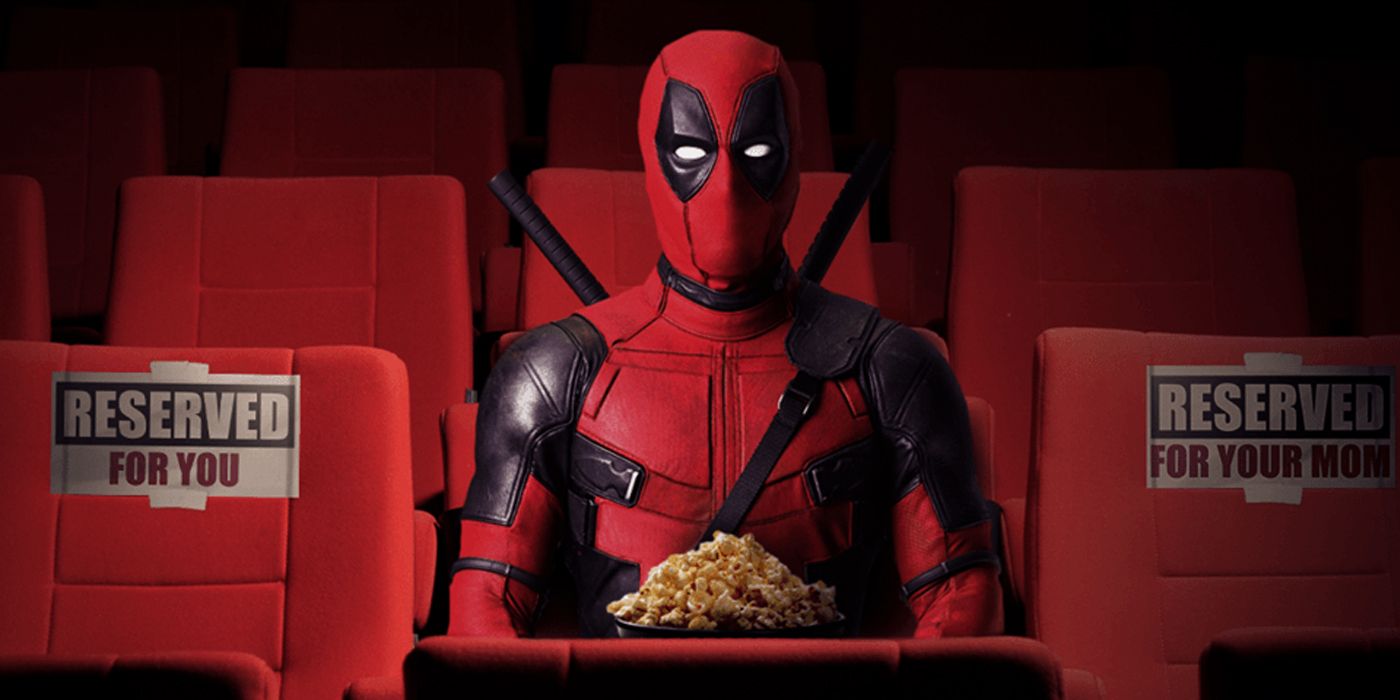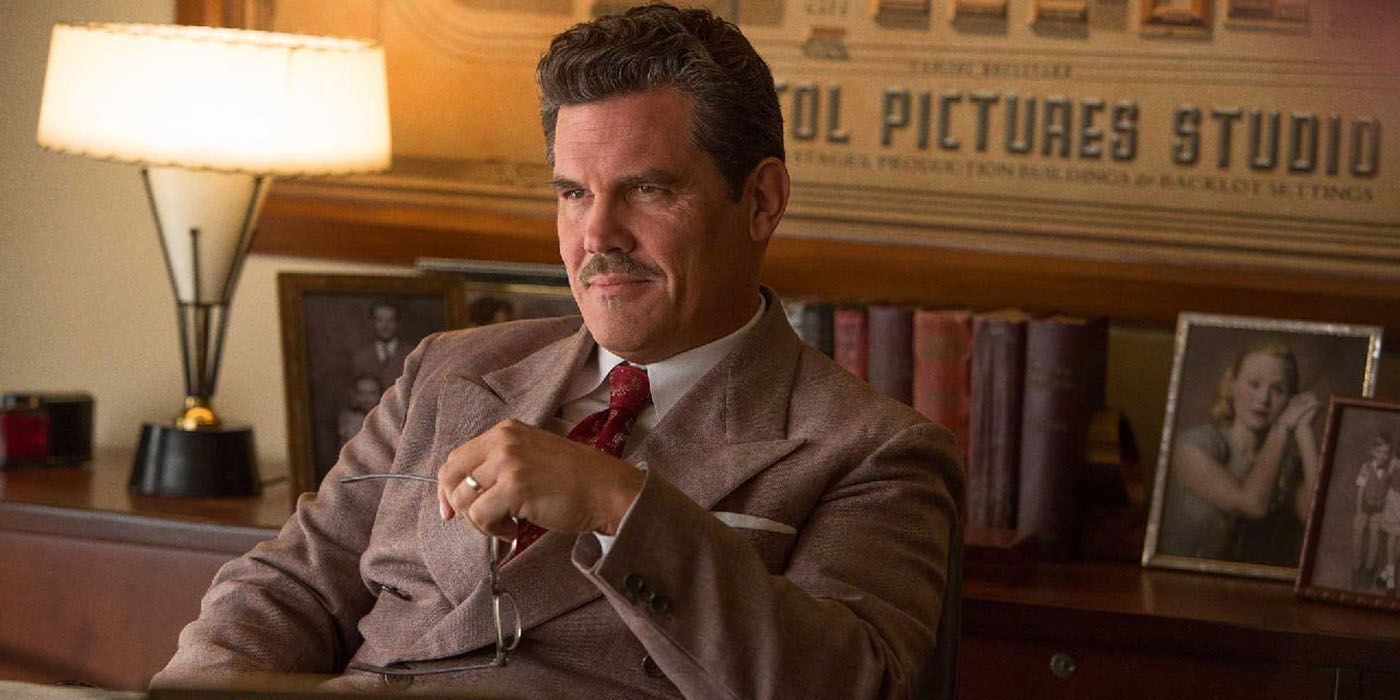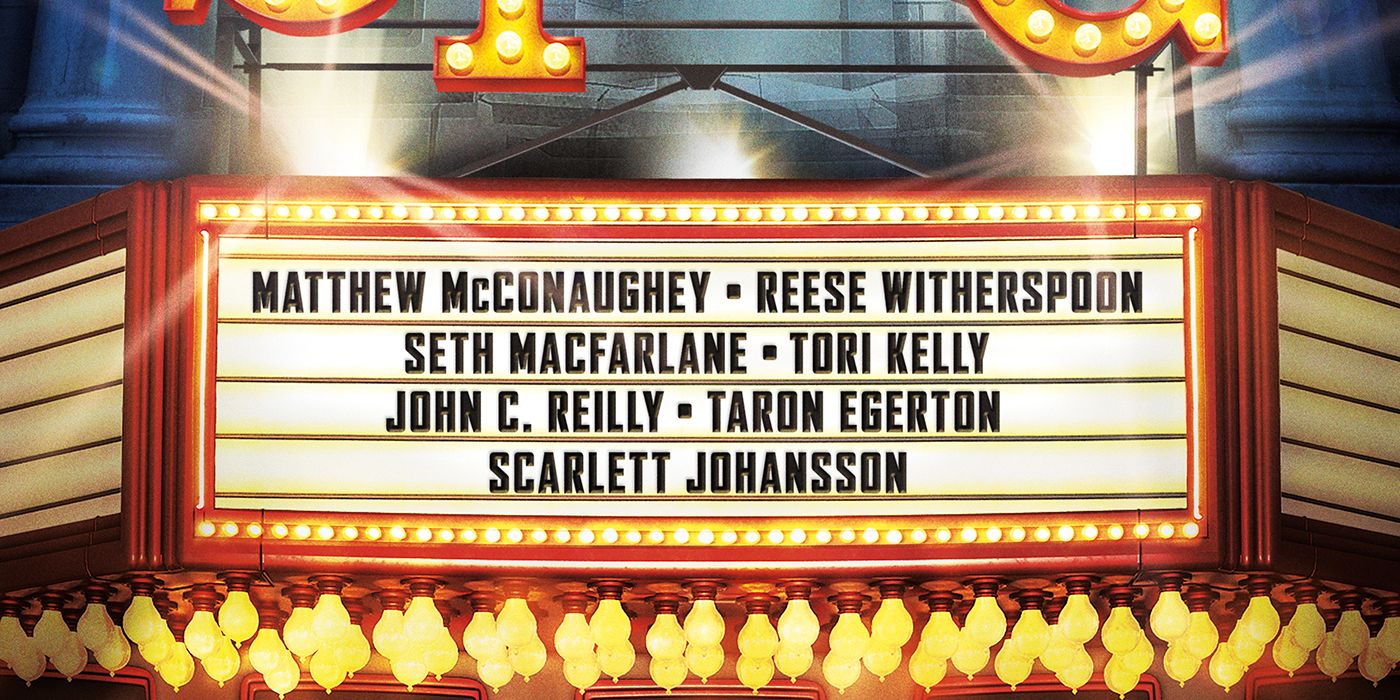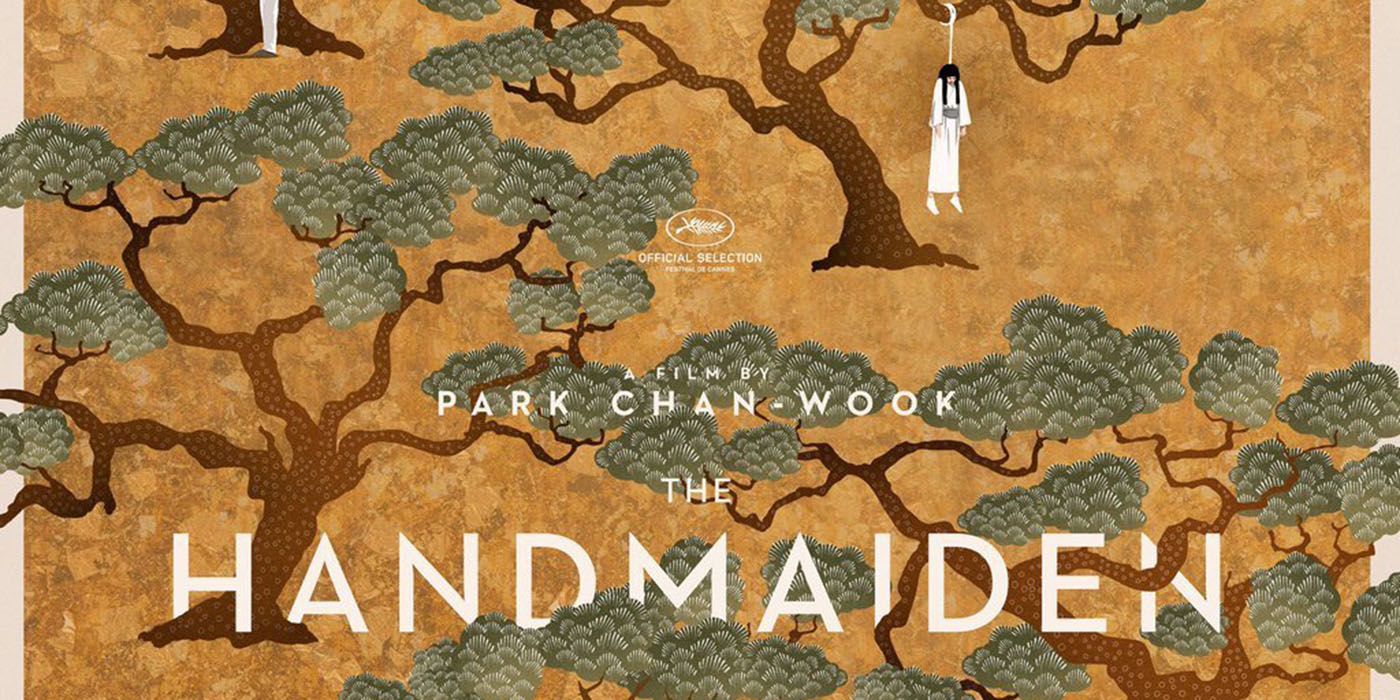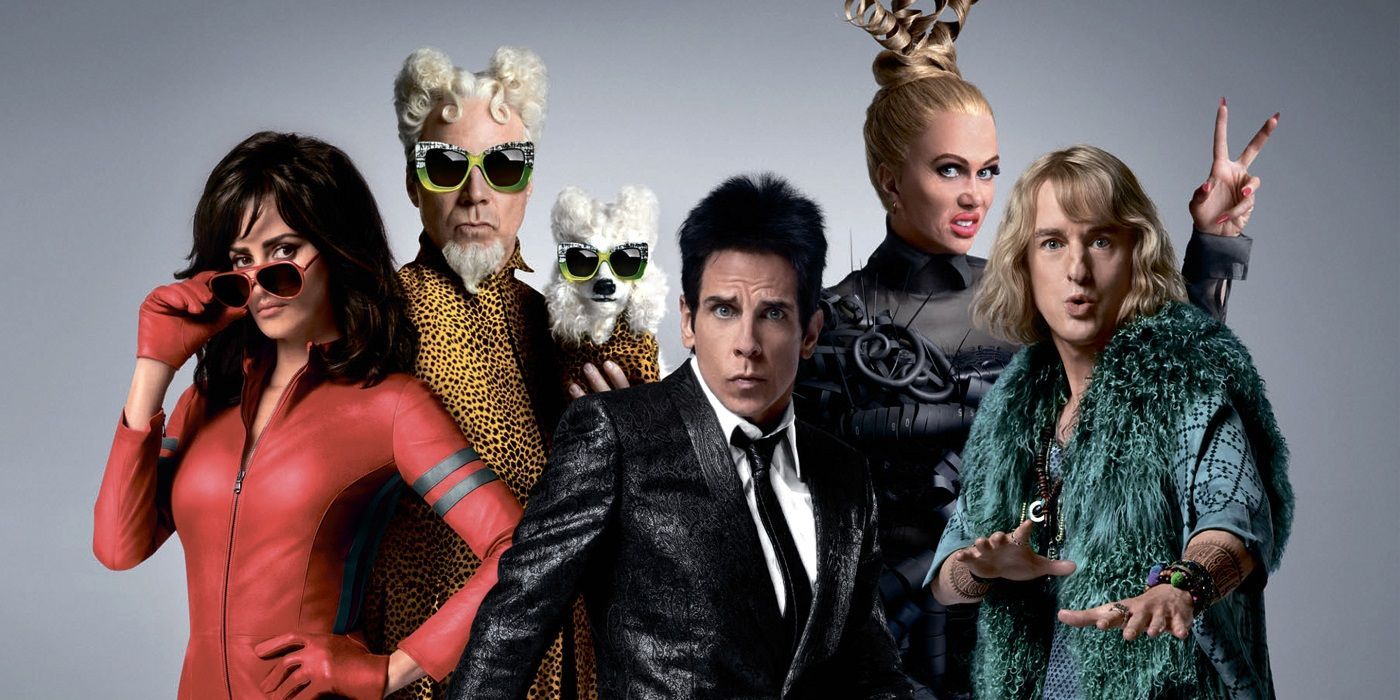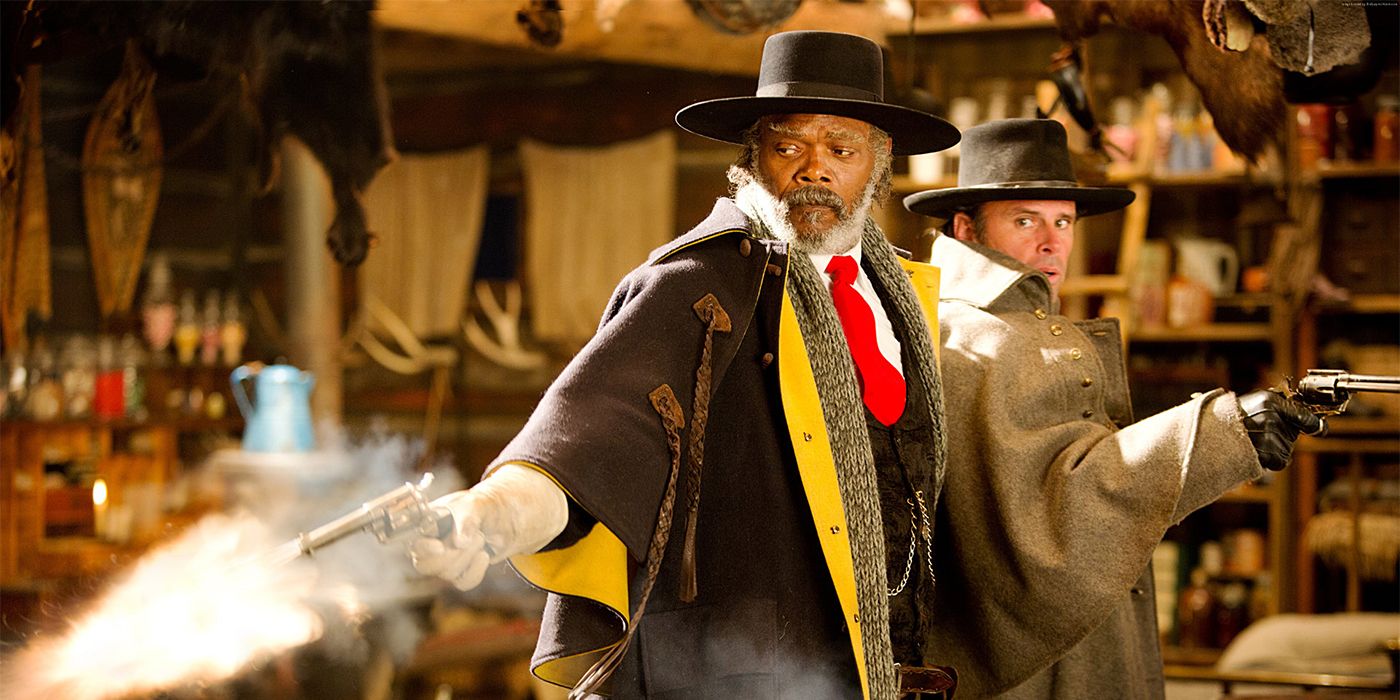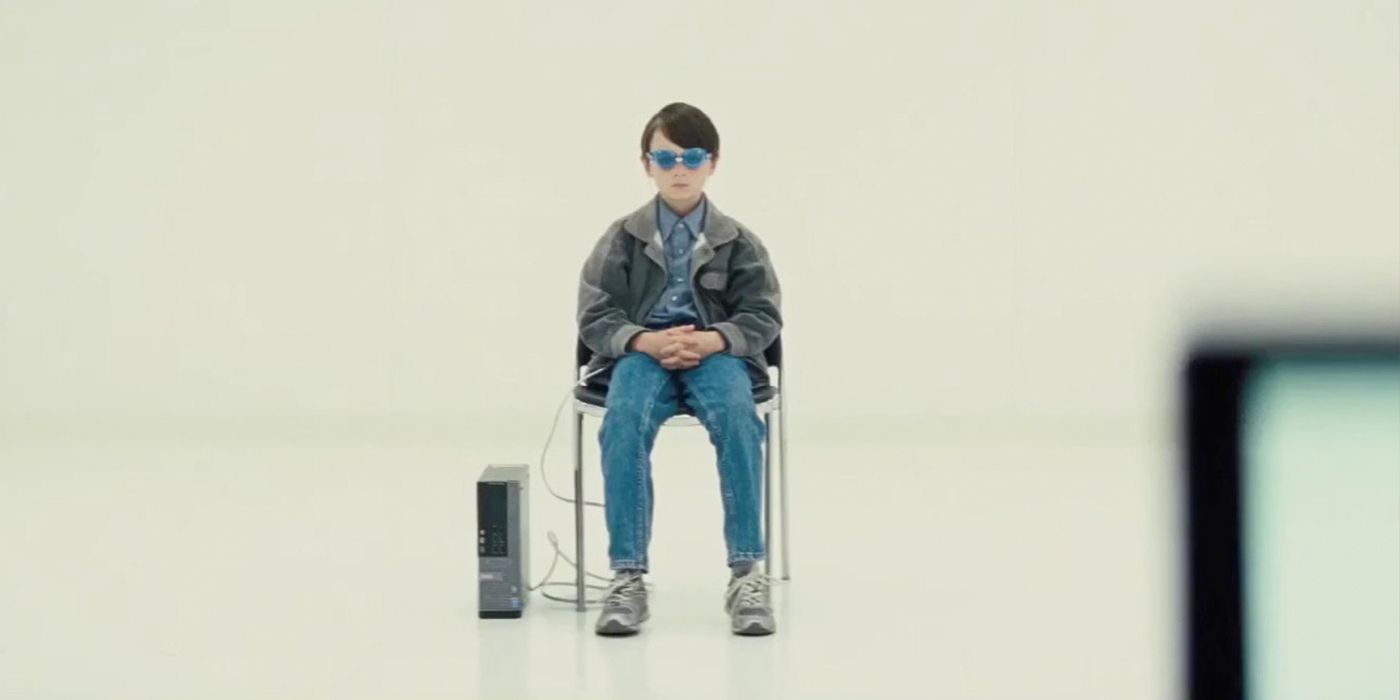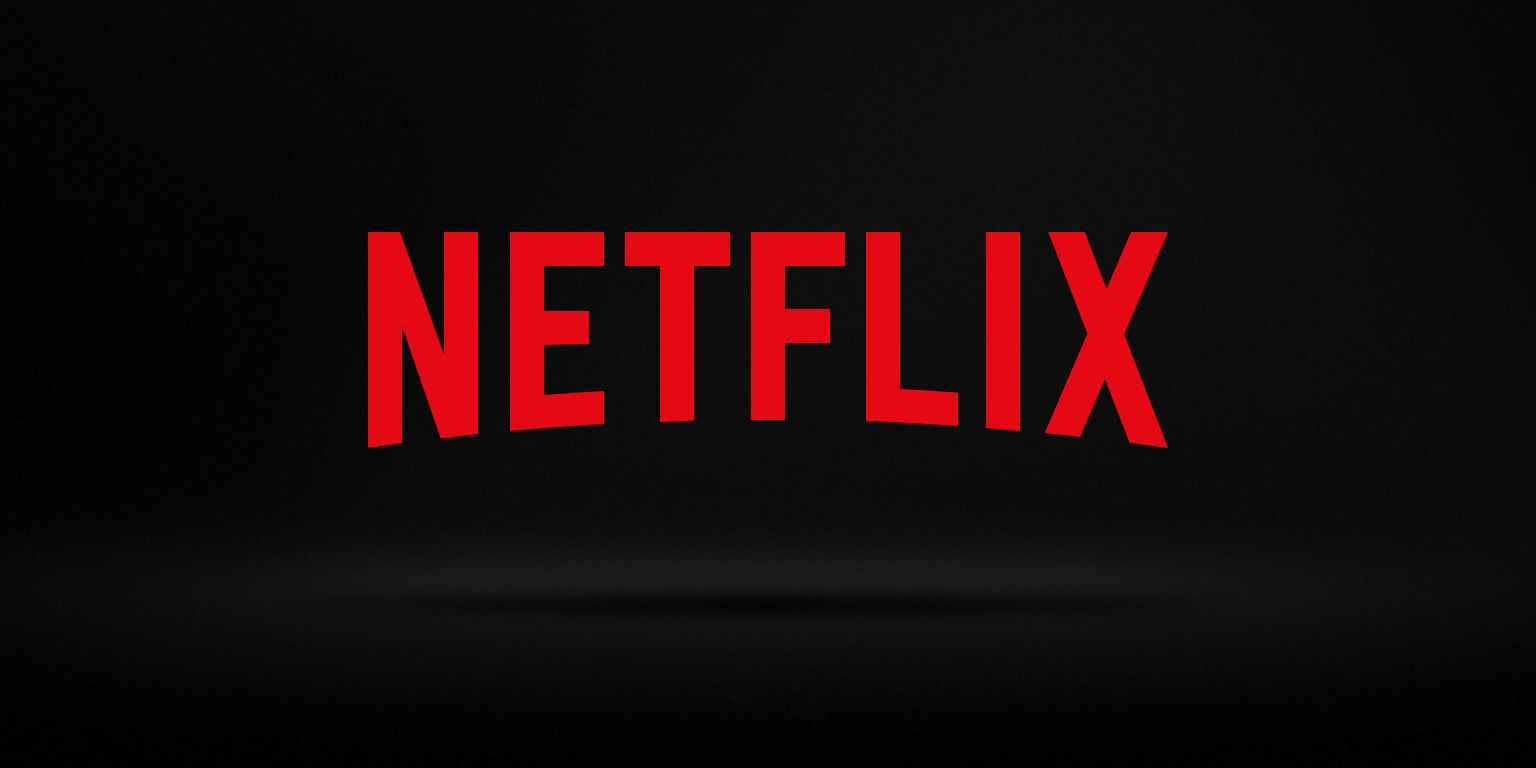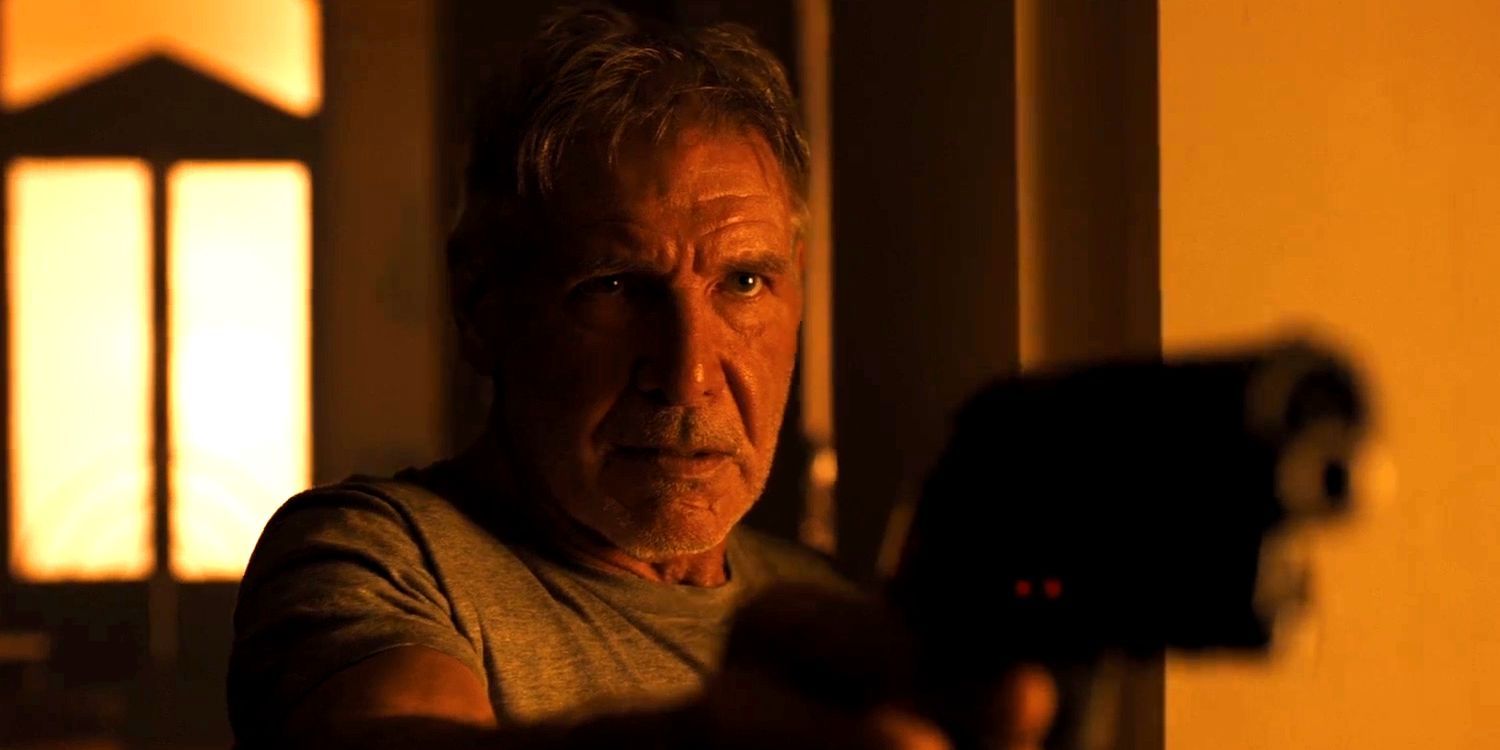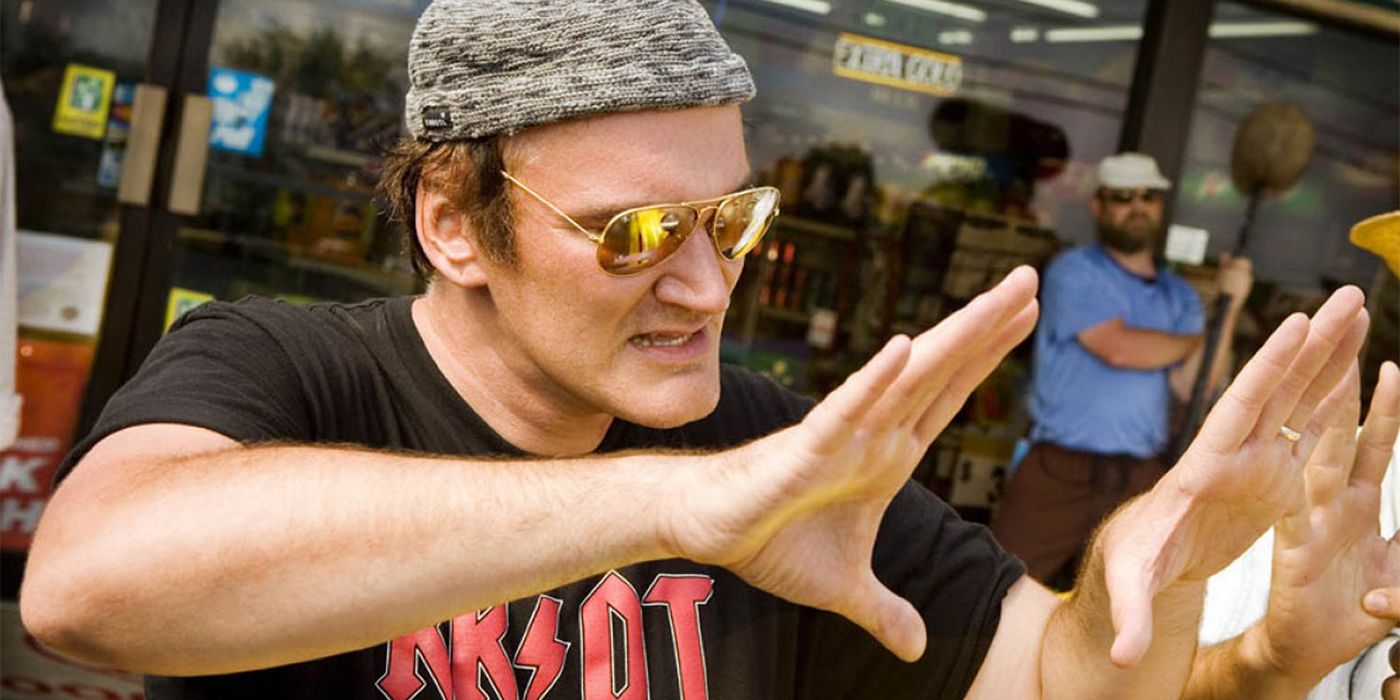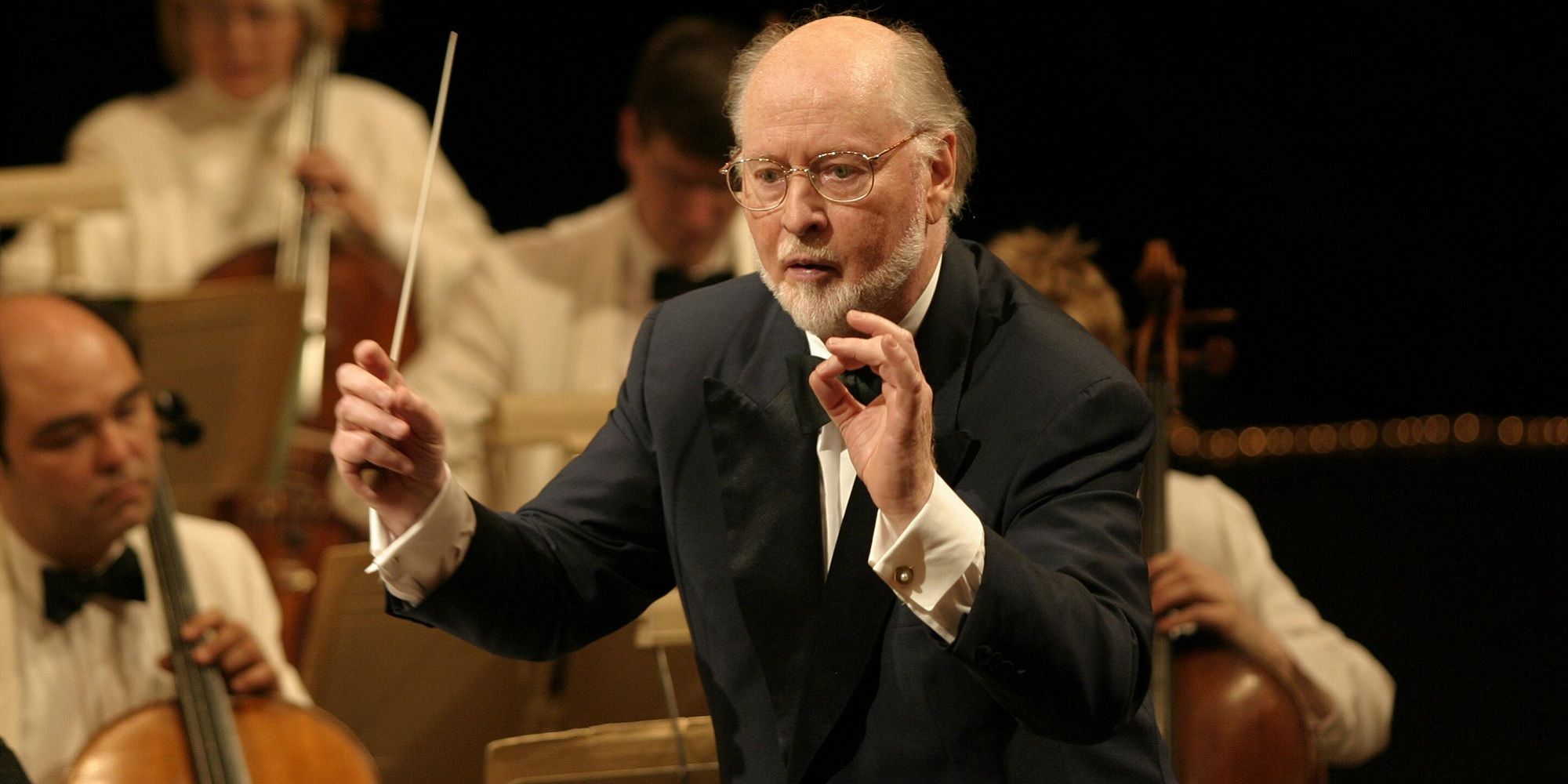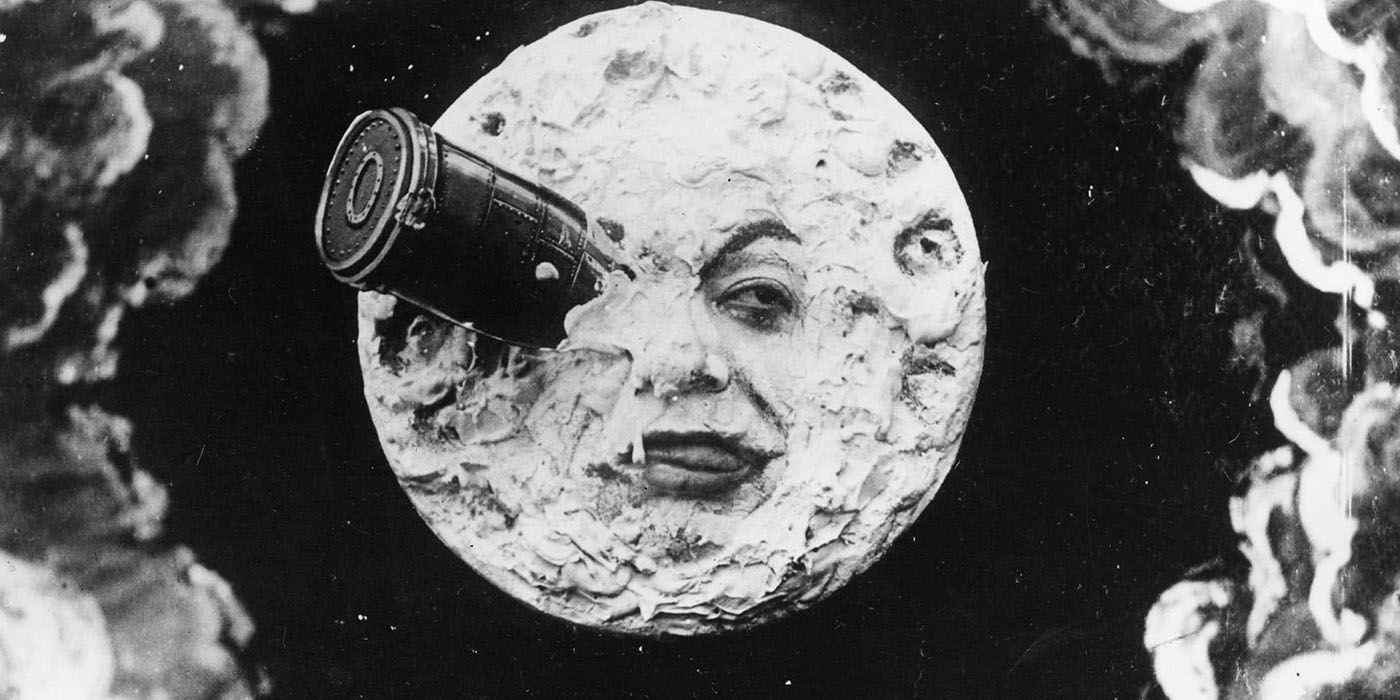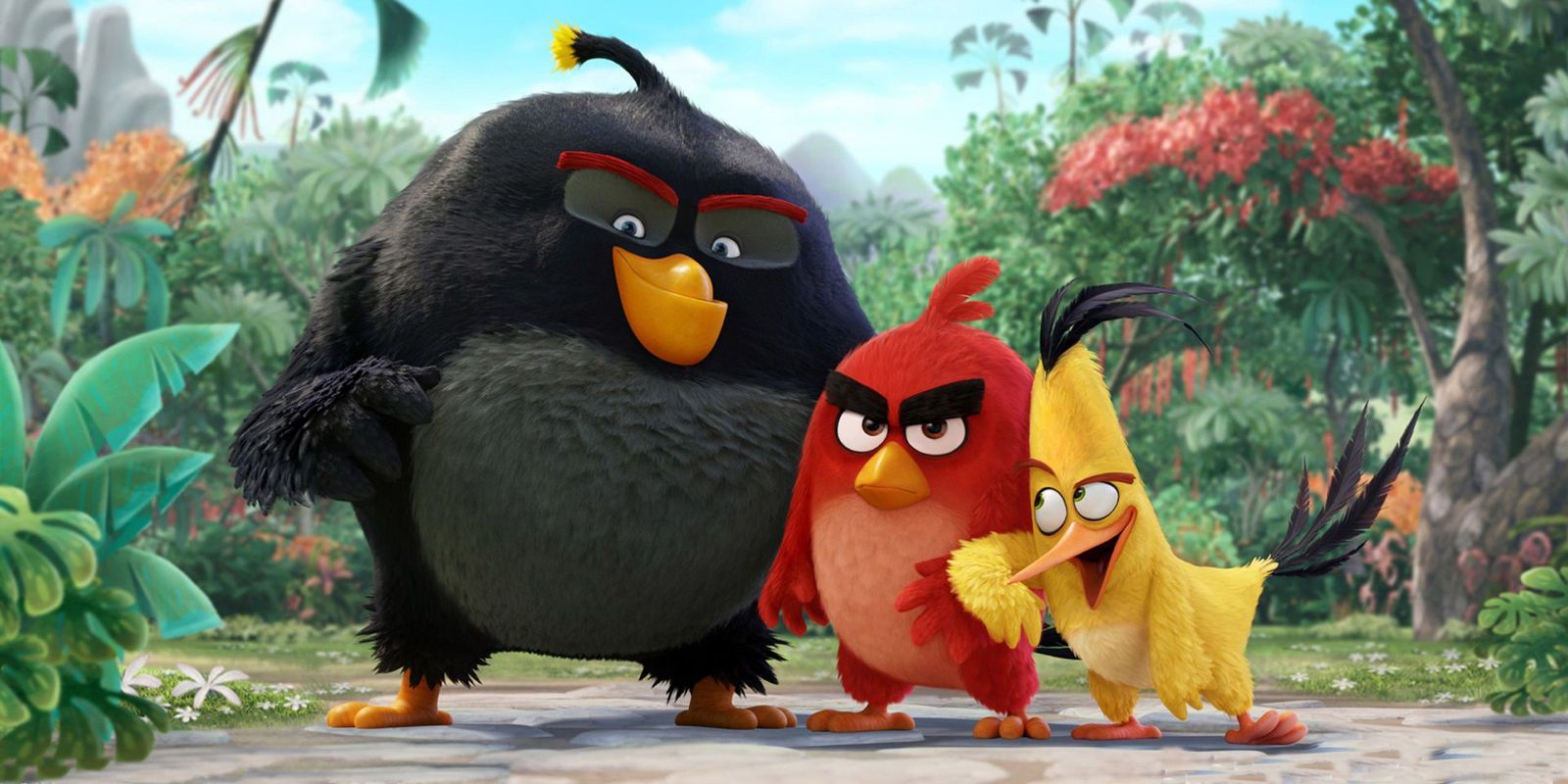As 2017 bears down upon us like a graveyard shift employee tearing through a McDonald's drive-thru for that reward McMuffin, we look forward to an idealistic future in which every problem we have with ourselves is cured by a vague commitment that coincides with the arbitrary arrival of a new calendar year. We call these commitments new year's resolutions, and they have a tendency to fall apart as quickly as they are formed. Still, there is a joy that comes from analyzing ourselves and realizing that the pieces we don’t like could all be fixed with the help of a new day.
Rather than look inward for issues in need of resolutions, however, let’s turn our eyes towards the film industry, which once again finds itself in need of an evaluation. 2016 was an incredible year for movies, but it was also another year in which movie studios' most frustrating tendencies reared their ugly head and threatened to undo the fine works of an emerging new generation of exciting filmmakers. In order to ensure that their efforts are not in vain, certain resolutions need to be made that will hold up longer than yet another promise to stop caving in to the call of that 6 a.m. McMuffin.
These are the 14 Resolutions Movie Studios Need To Make In 2017.
14. Accept That Star Power Is A Dying Draw
There was a time when film studios everywhere spent a large portion of their operating budget trying to get the top actors and actresses in the world to sign exclusive contracts. That time is affectionately known as the “studio era,” and it hasn’t been relevant for the last 70 years. Despite this, we still get several movies a year – typically animated movies – which are promoted largely on the back of an all-star cast. There is still a lingering mentality in the studio world that people will come to the movies just to see (or hear) certain performers.
While there are some people that logic applies to, the vast majority of filmgoers simply do not place the same value in star power that they once did. At a time when the most intimate details of a star’s life are available to the average person at the touch of a screen, the mystique of the individual star is a fading entity that still demands a disgusting amount of a film’s budget.
13. Take A Chance On Unique Poster Designs
Here is another aspect where the assumed drawing power of individual stars affects overall creativity. Your typical movie poster is designed to put the stars front and center. Not always the characters, mind you, but rather the people that play them. It’s not clear who, exactly, decided that the best way to promote a movie is to lazily photoshop stars onto a background vaguely related to the movie, but it’s a practice that becomes slightly less effective each time it is utilized.
That’s the real issue here. Whether or not film posters are the vital piece of marketing they once were is a slightly irrelevant point when you weigh it against the issue that is the growing mentality that there is one proper way to design a mass appeal movie poster. Besides, at a time when single images and gifs can reach millions of people in minutes, who's to say that a visually impressive poster won’t have the same impact as a trailer?
12. Respect The Time Limit For Certain Sequels
Sometimes, it’s difficult to lecture someone regarding a problem when you aren’t quite sure what the solution to it is. Some problems, however, simply need to addressed if for no other reason than to start a conversation about them. That’s roughly where we are at with movie studio’s inability to recognize when the right time to release a sequel is.
Zoolander 2, Bad Santa 2, My Big Fat Greek Wedding 2, and a few more 2016 releases sporting an uninspiring digit at the end of their titles all fall into the category of movie sequels that almost nobody seemed to be asking for. If there’s one thing that all of these movies have in common, it’s that the original film they were based on was something of a one-off – almost cult – hit. That means that their release neither capitalizes off of a sudden success nor contributes anything meaningful to the world of film. Instead, they often lose money and generate no reaction beyond “There’s a sequel to that?”
11. Realize That 3D Is Truly Dead
If 3D films were a disease, they’d be the kind that doctors would never refer to as “cured” because they can’t say for sure that it won’t come back at some point. Still, 3D movies do appear to be in a state of remission at the moment. 2016 featured very few 3D releases, and most of the ones we did get this year were simply 3D viewing alternatives tacked on to major films.
While that style of 3D viewing is less offensive than movies designed entirely around the gimmick, that doesn’t justify their continued existence. The money spent attaching a 3D option to most movies could be better spent on..just about anything. Besides, how much of a draw will 3D viewing options continue to be if the people paying the markup for them are no longer being treated to an experience uniquely crafted to benefit from that technology? The simple solution is to move on.
10. Make The Process of Shooting On Film Easier
This topic is something of a companion piece to the 3D discussion. Actually, in another way, it’s the polar opposite of the 3D discussion, in that it deals with filmmaking technology that is firmly rooted in the past. Yes, the act of shooting on film is rapidly becoming a thing of the past. While there are still directors who will shoot on film, the process of receiving the necessary funding and equipment is becoming so difficult that only the top directors are able to do so with relative ease.
The argument for encouraging film shoots is similar to the movie poster style argument, in that it’s not based so much on whether film or digital is strictly better, but rather on the fact that the two are different enough to justify their continued coexistence. If there’s room in the modern movie budget to justify 3D, then we feel pretty confident that wallets can open wide enough to find the money necessary to buy a few reels of film when the project calls for it.
9. Don’t Treat All Low Budget Films Like A Gamble
Low budget films are an incredibly appealing proposition to certain studios. The justification for your average low budget film is that they afford studios the chance to invest as little money as possible in a project based on the possibility that they might find a large audience and yield huge dividends. In order to increase the likelihood of this happening, studios will cut whatever financial corners they can.
The idea is solid enough at first glance, but it falls apart when you consider that it’s often marketing that suffers most from this approach. Because of studios’ hesitancy to invest a little more in low-to-mid-budget films, movies like Midnight Special, The Nice Guys, and Hell or High Water all failed to find as large of an audience as they perhaps deserved to find upon their release. Studios need to be able to recognize that not all of these movies are gambles, and many deserve to be treated with the same respect as their big-budget brethren.
8. Digital Distribution Should Be Paid The Proper Respect
Not long after the home video market took off, small-time film producers realized they could skip the theater altogether and just start shooting films designed to be released exclusively on VHS. This direct to video concept soon became so popular that even major studios joined in on the fun. Regardless of the source of these releases, they are almost all universally identifiable by how awful they are. There are a few exceptions, but the industry still treats movies that skip the theater as second class citizens.
That needs to change. The culture of cord cutting is forever changing the way that we consume entertainment. There is a new wave of film fans that will wait for a movie to come out on digital before enjoying it. In the same way that certain low budget movies need to be treated with more respect, not every movie that skips the box office should be viewed as a project destined to appeal only to those foolish enough to take a chance on it.
7. No More Trailers Featuring A Film’s Best Parts
Call this one a case of beating a dead horse, but so long as the problem remains, the beating shall continue. As you’re probably aware, there is a disappointing number of trailers out there that still find it necessary to showcase as much of the movie as possible in an apparent effort to justify the movie to every single person possible. You could almost respect the transparency were it not for the fact that most of these trailers leave you with no reason to watch the actual movie.
Actually, the real problem here isn’t just movies that give away major plot points in the trailer, but movies that give away the best parts. Even movies like La La Land end up stealthily giving away significant parts of the final product by recutting certain events of the film in order to fit a trailer’s narrative. There’s no simple solution to this problem, but the general answer involves smarter trailers.
6. Give Control Back To The Directors
During the ‘60s and ‘70s, the American film scene was transformed by the incorporation of the auteur movement. This movement gave filmmakers an unprecedented level of control over their projects. It’s no coincidence that the rise of this era coincides with the release of some of the greatest American films ever made. Around the time that Star Wars went on to make approximately all the money in the world, control started to shift further away from filmmakers and back to the studios, who suddenly realized just how much money there was to be made in carefully curated films.
It’s time for directors to take the reins once more. While some directors do enjoy such control over their projects, the vast majority of them still labor as pieces of a studio’s picture. Directors need to once again be able to establish the identity of a film, and that starts with allowing them to be in on the ground floor when it comes to selecting projects.
5. Realize That Diversity Extends To The Director's Chair
As long as we’re on the subject of directors, let’s address the growing elephant in the room that is diversity. It doesn’t benefit anyone to pretend that there hasn’t been tremendous progress made in recent years as it relates to more female and minority directors getting the chance to helm major releases. At the same time, it would be foolish to consider that progress the end of the line.
The problem here relates to the fundamental issue of studios seemingly losing their respect for the contributions of a director. They see something like the mostly-female starring casts of a movie like Ghostbusters or Gotham City Sirens and think that the job is done because everyone in front of the camera promotes a certain idea. Even if many modern film directors are cut at the knees in terms of possible influence, the impact of studios hiring against the grain behind the scenes as well as in front can only lead to a brighter future.
4. Respect The Need For R-Rated Films
Earlier this year, Deadpool caused a bit of a stir in the film industry by raking in an impressive $350+ million in revenue despite being a rated R movie. That’s a figure that was considered to be out of the reach for any R-rated movie in the modern age, even it is a superhero movie. There are a few reasons Deadpool did as well as it did, but few of them have to do with the featured profanity. This is the age of the internet, after all. Do you know how easy it is for the average person to find profanity-laden entertainment?
The lesson that studios should take away from Deadpool in the next year is that some films just need an R rating. No matter what fears may exist regarding alienating certain groups of moviegoers by raising the age gate, the simple fact is that the audience some films are made to appeal are disinterested in seeing a watered down movie anyway.
3. Invest in More Original Film Scores
The YouTube channel Every Frame a Painting generated quite a bit of buzz in 2016 with a video they made called The Marvel Symphonic Universe. It looked at why it is that modern Marvel films lack the same kind of sweeping, memorable original scores that franchises like Star Wars and The Lord of The Rings are known for. While not a wholesale condemnation of the music of those films, the video did fan the fires of an existing debate centered around the disappearing art form that is crafting a truly memorable original film score.
It feels irresponsible to completely blame studios for this shift in style, but at some point, a portion of the blame needs to be directed at the entities which so often dictate whether or not a particular project is going to have a composer or not. It’s time to foster a new generation of film composers, and that starts with studios being more willing to take a chance on music that isn’t comfortably familiar.
2. Make a Greater Effort To Preserve Film History
There’s a pretty good chance you have no idea how film licensing works based on the simple fact that very few people on the planet can honestly say they have a pretty good idea of how film licensing works. Oftentimes, nobody realizes there is a problem with a movies’ license until a problem without a clear solution presents itself. One of the many unfortunate results of this confusion is that many interesting films are sometimes lost to time for the simple reason that nobody is quite sure who has the rights to them.
Putting aside for a moment what can be done in order to rescue the movies that have fallen victim to this dilemma, it’s becoming clearer each year that steps need to be taken which will help ensure that current films do not become the future victims of things like studio closures and property acquisitions.
1. Stop Being Condescending To The Audience
This final resolution is something of a catch-all plea for a revolution that may very well never come to pass. For as long as most of us care to remember, studios have based their decisions, in part, on the perceived opinion of the average person. A provocative, yet complex, movie concept might be turned down in favor of a familiar franchise follow-up and justified by the suggestion that the previous movie wouldn’t appeal to the broad demographic known as the average filmgoer.
If there is one resolution that we wish all studios would really make, it’s that they will no longer base their decisions on the assumed perception of the average viewer -- because there is no average viewer. Original ideas can be a scary thing, but there’s a very good reason why there isn’t a single sequel in the top 10 highest grossing movies of all-time (adjusted for inflation). People everywhere crave something they haven’t seen before.
---
What other resolutions do movie studios need to make in the new year? Leave your thoughts in the comments.

